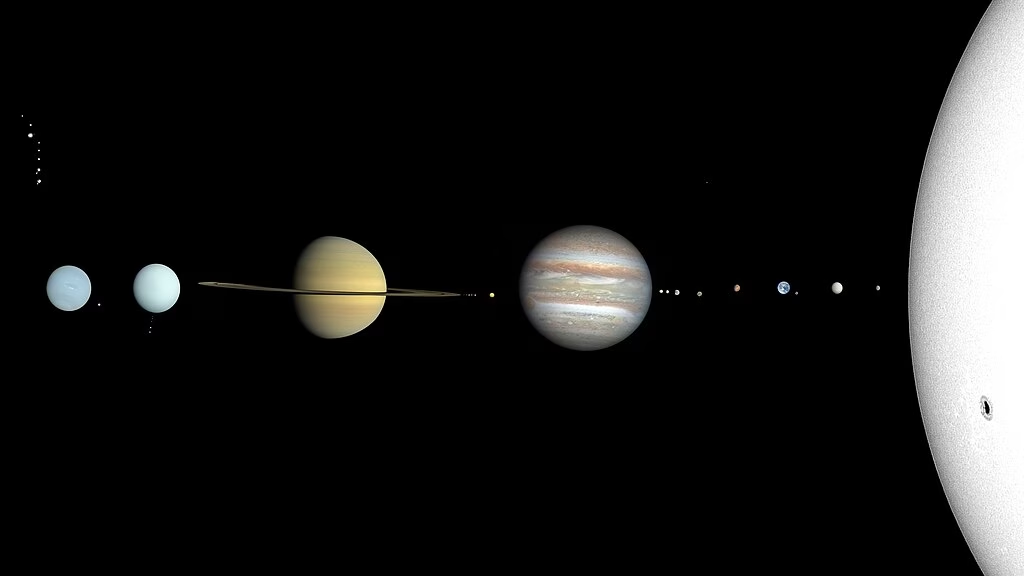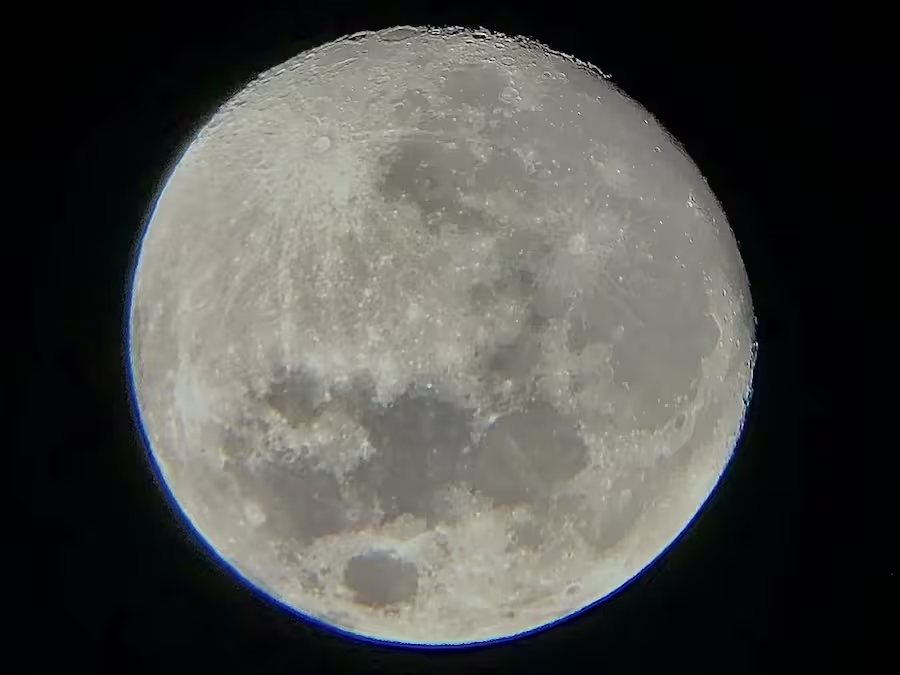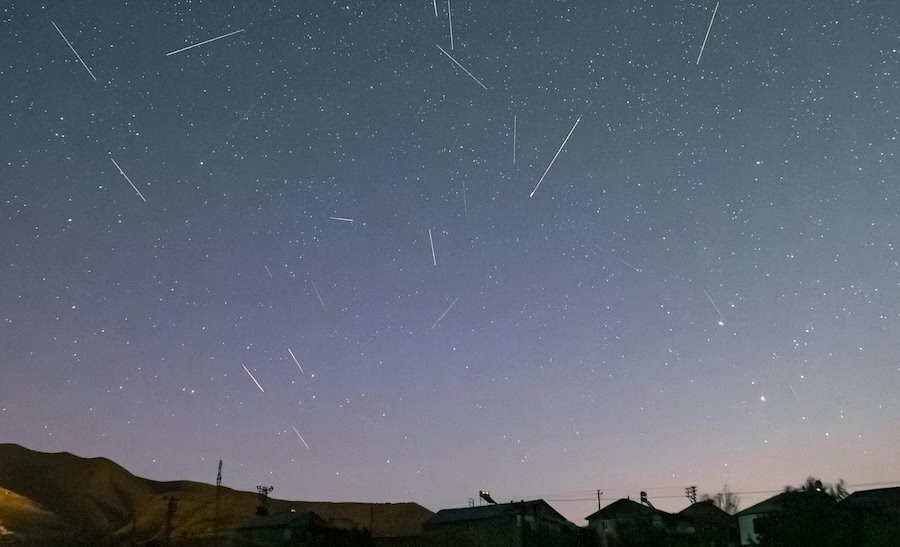Look up, Long Island! The universe is putting on a spectacular show this January and February, as six planets align in the night sky. This celestial event is a rare treat for stargazers and a beautiful reminder of our place in the cosmos. Whether you’re an astronomy enthusiast or simply enjoy the magic of the night sky, this is the perfect time to step outside and take in the view.
What’s Happening in January & February 2025?
Throughout January and into early February, six planets—Venus, Mars, Jupiter, Saturn, Uranus, and Neptune—will align along the ecliptic, the sun’s path across the sky. While the planets don’t form a perfect line in space, they will appear beautifully arranged from our perspective here on Earth.
Here’s what makes this event so special:
- Four bright planets—Venus, Mars, Jupiter, and Saturn—are visible to the naked eye.
- Two faint planets—Uranus and Neptune—can be spotted with binoculars or a telescope.
The alignment is visible about 90 minutes after sunset, with the planets appearing in a graceful arc across the sky. It’s a stunning sight you won’t want to miss!
How to See the Planet Parade
For the best view, head to a dark spot away from city lights. Long Island’s North Fork beaches, Montauk Point, and the Pine Barrens are excellent stargazing locations.
Here’s what you’ll see:
- Venus and Saturn: Look to the western horizon. Venus, the “Evening Star,” shines brilliantly, while Saturn glows just below it.
- Jupiter: High in the sky near the constellation Taurus. Look for the Pleiades cluster nearby for extra sparkle.
- Mars: Reddish and rising in the east, nestled in the constellation Gemini.
- Uranus: Near the border of Aries and Taurus. Binoculars will help reveal its faint glow.
- Neptune: The faintest and most elusive, located in Pisces. A telescope is your best bet to find it.
Stargazing apps like Sky Tonight can help you identify each planet and make the most of this incredible event.
Why Winter Is Perfect for Stargazing
Winter skies on Long Island are crisp and clear, making them ideal for viewing celestial wonders. Cold air holds less moisture, reducing atmospheric distortion, and Long Island’s quieter off-season spots mean less light pollution.
Pamela Gay, a senior scientist at the Planetary Science Institute, says, “The stillness of winter skies offers a perfect opportunity to witness the dance of planets in our solar system.”
What About the January 25 “Great Alignment”?
You may have heard claims on social media about a “great planetary alignment” on January 25, 2025, where all eight planets align perfectly on one side of the sun. Unfortunately, that’s not accurate. While six planets are visible in the night sky throughout January, they’re not forming a straight line in space.
Here’s what’s really happening:
- Six planets are beautifully aligned along the ecliptic, the path the sun and planets follow across the sky.
- Mercury isn’t part of the evening lineup—it’s in the morning sky this month.
This alignment is still a spectacular sight, but it’s not the dramatic “perfect line” often portrayed in viral posts.
More Planetary Action in February 2025
If January’s celestial show leaves you wanting more, mark your calendar for February 28, 2025. Mercury joins the lineup, creating a rare seven-planet alignment in the evening sky. While Neptune will be challenging to spot, this event promises another opportunity to marvel at the beauty of our solar system.
Looking Ahead: Future Planet Alignments
While perfect planetary alignments are impossible, there are more stunning celestial events to look forward to:
- August 11, 2025: A six-planet alignment featuring Mercury, Venus, Jupiter, Uranus, Neptune, and Saturn.
- September 8, 2040: Five bright planets align with the crescent moon for a spectacular view.
Photo: CactiStaccingCrane, CC BY-SA 4.0, via Wikimedia Commons
Want to learn more about what to see in the night sky this year? Click here to read about all the meteor showers in 2025 and click here to learn about everything else to see in the night sky.




